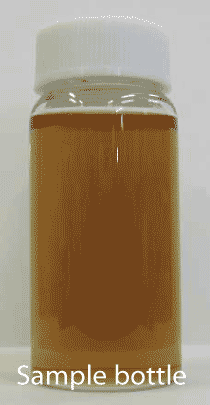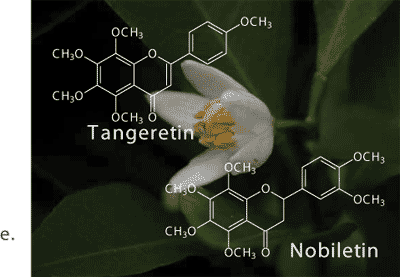CHINPI EXTRACT K65B
CHINPI EXTRACT K65B
Citrus tachibana peel extract for skin whitening.
● Citrus tachibana peel extract can be utilized as an agent for the treatment of skin pigmentation such as spots and freckles induced by UV. Tachibana is the traditional orange plant in Japan. The peel is known as Chinese herb medicine ‘Kippi’. It is prescribed for stomachic digester, antitussive agent and expectorant drug in Chinese herbal remedy, and also mixed in folk medicine for aromatic stomachic.


1 Product Features
● Inhibition of Melanin Formation
CHINPI EXTRACT K65B inhibits melanogenesis in HM3KO cultured human melanoma cells. The inhibitory mechanism involve suppression of the biosynthesis of tyrosinase.
● Identification of whitening agents from Chinpi Extract
We attempted to purify effective skin-whitening agents from Citrus tachibana peel extract, and it was found that nobiletin and tangeretin, which belong to polymethoxyflavone, were identified as skin-whitening agents.
● Photoprotective effect
CHINPI EXTRACT K65B provide protection against UVB induced cell damage.

2 Composition / Information / Specification
● Composition
| INCI Name | CAS No. | Content |
| CITRUS AURANTIUM TACHBANA PEEL EXTRACT | 1007871-75-1 | 1.6% |
| BUTYLENE GLYCOL | 107-88-0 | 64.0% |
| WATER | 7732-18-5 | 34.4% |
● Specification
| Test Item | Specification |
| Appearance | Light yellow to yellow-brown liquid |
| Ordor | Faint characteristic odor |
| Identification (Flavonoids) | Positive |
| Purity (1) Heavy metals | Max. 20 ppm |
| Purity (2) Arsenic | Max. 2 ppm |
| Residue on Evaporation | 0.8 – 2.5 w/v% |
● Safety Data
1. Acute oral toxicity 2. Primary skin irritation
3. Ocular irritation 4. Skin sensitization
5. Phototoxicity 6. Photosensitization
7. Cumulative application 8. Reverse mutation (Ames)
9. Human patch 10. Comedogenicity assay
● Packaging: 1kg, 10kg
3 Experimental Data
1. Inhibitory effect on melanogenesis 2. Photoprotective effect
 |
 |




